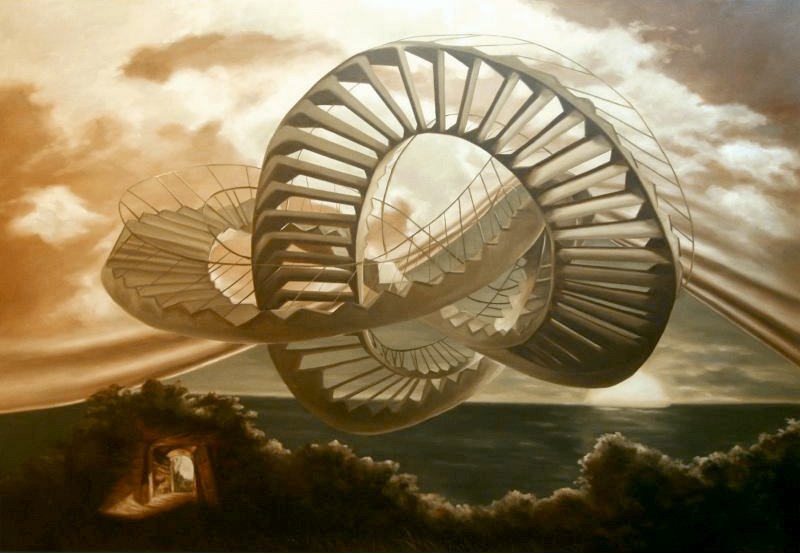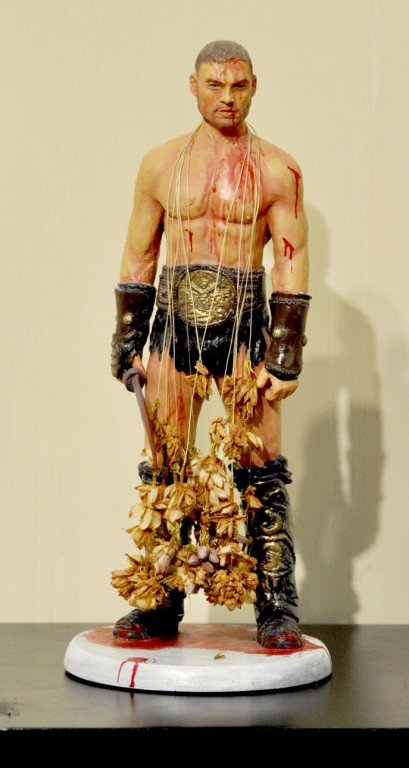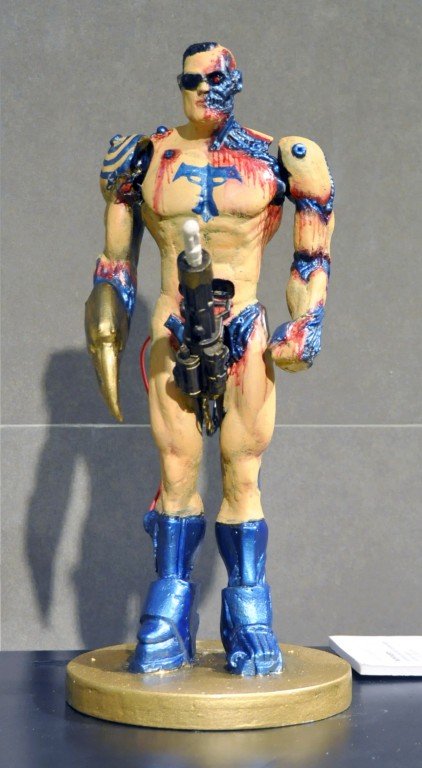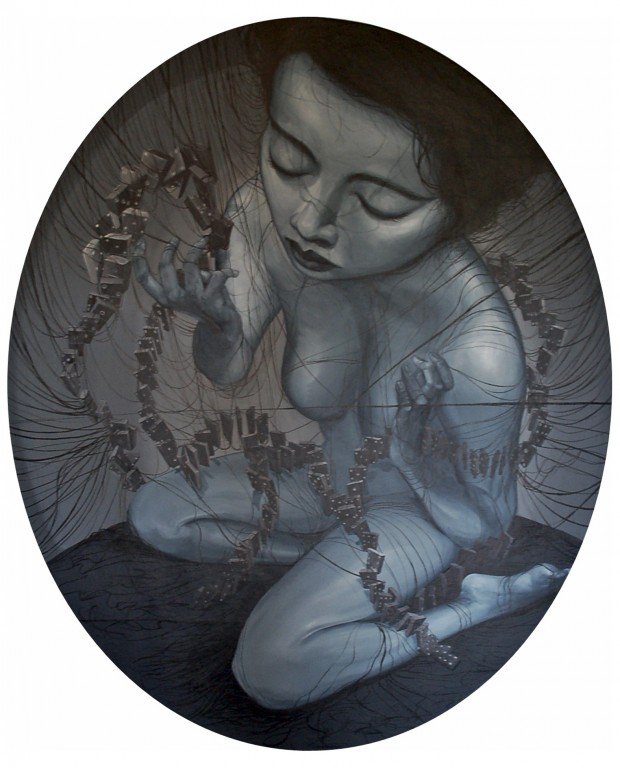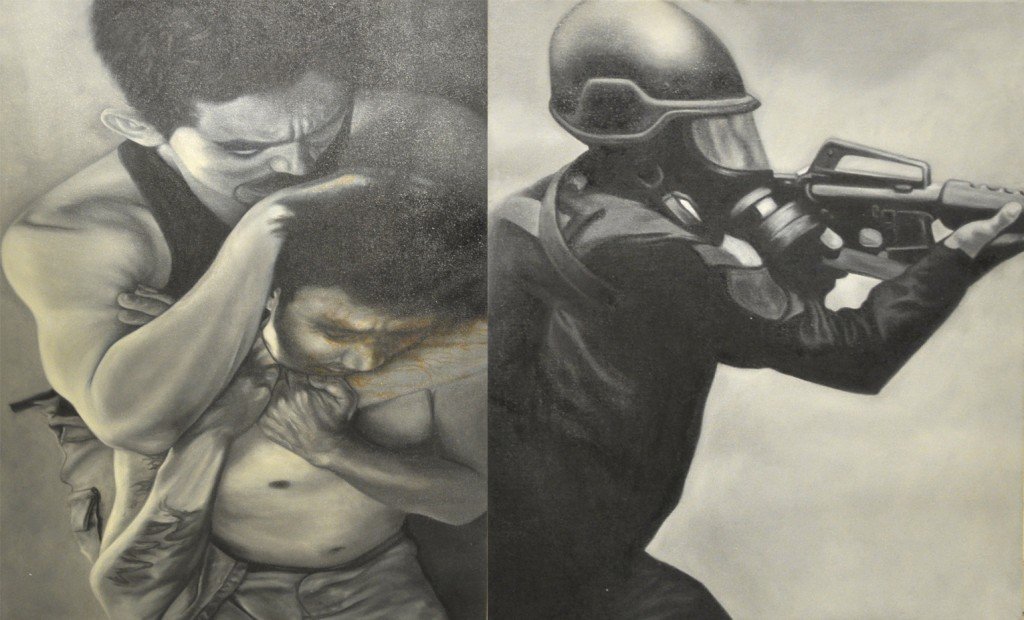Pleasing the Future
Lloyd Capilit Llaga
The future is a paradox. On one hand: it is uncertain. An entity one anticipates with hope, trepidation, eagerness, resistance, acceptance, defeat, determination – or, in some cases, ambivalence. On the other hand: the future is, in fact, a certainty. As certain as gravity. As certain as when this moment ends, there will be another, and another after that.
It is for this inevitability that humanity’s struggles may be viewed as but a collage of attempts to influence the future. To shape it to one’s desire, or, simply, to find oneself within it, and to recognizeoneself within what has yet to unfold – to survive.
It is the future that has enslaved man for ages. It has given us a never-ending preoccupation with controlling what is to come. In any attempt to trick the future by going back, it is still in the future where we all end up. The past informs us. The present holds the revelation of what is, a most minute dot in the sequence of events over which control may or may not prevail. Knowing resides in the past and present. The province of the future is the unknown – and yet, it is a space where dreams, hope, desire, and fear, are found.
Artistic expression, as all things in existence, becomes a feeble trickle in the river of time. Though sometimes superior to any form of exposition, its limits become glaring examples by how time can overthrow its value, its relevance, even its beauty. Colors may cry out emotion. Lines may direct introspection. Depth and tone may create intensity. But the future, and what it may hold, overshadows the essence of art. Both the subject of art and art itself must continue to evolve, translate, and resonate in relation to the times: a continuous struggle to be relevant.
“Pleasing the Future” is a collection of a shared fear in the artists: a fear of not translating into the future they hold in their minds. In this selection of two- and three-dimensional interpretations, the artists manifest the impermanence of issues – whether personal, social, or political. Installations of figures emulating the search for what may be highlight the conflict between the secular and abstract – between reality and the intended reality. Paintings on the discourse of the continuity of causes and consequences demonstrate a conscious reflection on one’s part in the bigger scheme of time and space.
This demonstration is mirrored in the method they utilized to communicate their message. By the manipulation of material representations, a broader and deeper appreciation of the illusory character of the present becomes explicit. And as in any attempt to express art, a visualization of completion is necessary. But what appears elusive is the transformation from the inexplicable to the observable. Art, after all, should make the intangible seem real. The motivation therefore of any artist is to do his message justice.
The fear to execute and convey not only to the world, but to the artist himself, can be the greatest obstruction, or the mightiest of motivations. Fear, however, is not the only ingredient – courage plays a big part in it as well. It takes bravery to admit uncertainty, impermanence, that the present –this moment, here, now – is but the most fleeting phenomenon of the human condition, and that the future looms above all. Yet, the artist asserts oneself. These artists, though confronted by the fear of yielding control to the whims of time, choose to pick up the tools of their craft and communicate what lies deep in their hearts. This is the silver lining of an artist’s internal battles – that though the prospect of obscurity may show in the horizon, the path of art remains clear.
The artist is well aware of the urge to please the future. The artist knows that all of life is a gamble. The artist stands on the brink of a bottomless pit. But the artist leaps. With eyes open, ready to embrace the uncertain.



